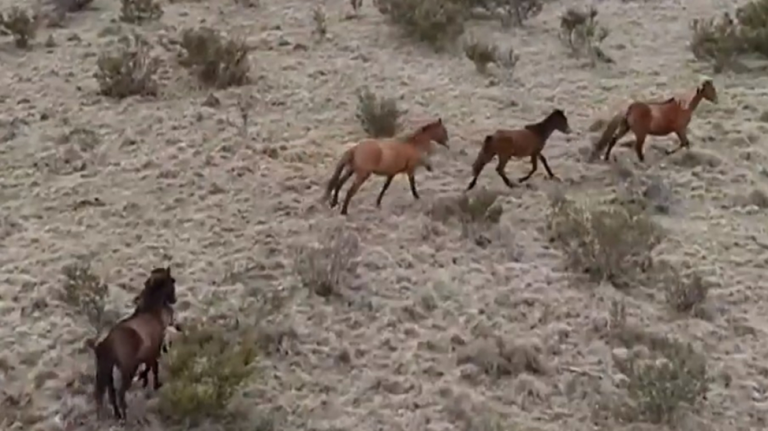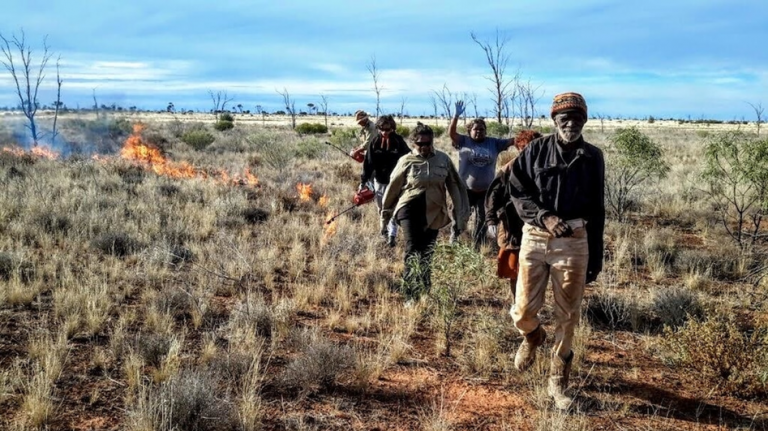To provide observations and information on the emerging fields of landscape scale conservation, heritage preservation, and sustainable community development.
Newsletter
Stay up-to-date with the latest nature, culture and community news.
We won’t spam you or share your information. Newsletters are sent approximately 10 times a year. Unsubscribe at any time.
Fabos Conference: Building a Movement
Take Notice: Trending for Large Landscapes
World Rural Landscapes
What are the best ways to identify and conserve rural landscapes? Since 2012, participants at a series of international meetings have sought to answer this complex question, in part through the development of a new set of shared general principles.

Australia faces “a fierce urgency of now”
Goaded by continuing floods after the disastrous bushfires over summer 2020, Australians finally voted for climate change and a new federal government on 21 May 2022. The political landscape changed radically with promises immediate action on climate change and the environment after nine years government neglect.

Wild Horses on Public Lands
The USA and Australia share a common problem with wild horses causing environmental damage to conservation areas in large landscapes – both public lands reserved as national parks and rangelands. Mustangs and brumbies, the name for their counterparts in Australia, while often seen as an iconic symbol of the open landscape, are a daunting problem for land managers.
World Rural Landscapes Principles: Communicating and transmitting the heritage and Values of Rural Landscapes
In this final issue on these principles, we consider the essential need to communicate with the general public about the principles showing how heritage values

WORLD RURAL LANDSCAPES PRINCIPLES: Sustainably manage rural landscapes and their heritage values
There is a need to mange landscapes and their heritage values sustainably. In Australia this has usually referred to private lands and one of the driving forces in this management has been through Landcare for the last 30 years. Around 10% of Australia’s population lives in rural or remote areas. These comparatively small communities – largely farmers and Indigenous land managers – currently steward most of the country.
World Rural Landscapes
What are the best ways to identify and conserve rural landscapes? Since 2012, participants at a series of international meetings have sought to answer this complex question, in part through the development of a new set of shared general principles.

Australia faces “a fierce urgency of now”
Goaded by continuing floods after the disastrous bushfires over summer 2020, Australians finally voted for climate change and a new federal government on 21 May 2022. The political landscape changed radically with promises immediate action on climate change and the environment after nine years government neglect.

Wild Horses on Public Lands
The USA and Australia share a common problem with wild horses causing environmental damage to conservation areas in large landscapes – both public lands reserved as national parks and rangelands. Mustangs and brumbies, the name for their counterparts in Australia, while often seen as an iconic symbol of the open landscape, are a daunting problem for land managers.
World Rural Landscapes Principles: Communicating and transmitting the heritage and Values of Rural Landscapes
In this final issue on these principles, we consider the essential need to communicate with the general public about the principles showing how heritage values

WORLD RURAL LANDSCAPES PRINCIPLES: Sustainably manage rural landscapes and their heritage values
There is a need to mange landscapes and their heritage values sustainably. In Australia this has usually referred to private lands and one of the driving forces in this management has been through Landcare for the last 30 years. Around 10% of Australia’s population lives in rural or remote areas. These comparatively small communities – largely farmers and Indigenous land managers – currently steward most of the country.


